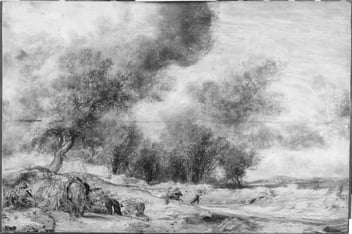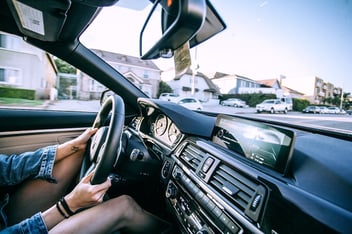Black Ice and SWIR Sensing
At 65mph, a driver has less than 2 seconds to respond to a patch of black ice 50 meters away. Ice and snowy road conditions are responsible for over 1,800 deaths and 150,000 car crashes in the United States alone. Dangerous road conditions combined with decreased visibility and unprepared motorists make a lethal recipe for disaster that continues to challenge automobile manufacturers.
What is Black Ice?
Black ice is the name given to the thin, transparent coating of ice that forms on roads under certain conditions. Although not actually black in color, the transparent ice allows for the road’s dark surface to be shown, giving drivers a false sense of security when on the road. Since the ice is not easily visible, drivers are deceived into believing they are driving on a clean road. Black ice is dangerous for both vehicles and pedestrians as an unexpected loss of traction can result in collision. Unfortunately, current visual spectrum sensors can do very little to warn or protect the driver from these road conditions.
How Does SWIR Help?
Despite ice being transparent in the visible light spectrum, ice takes on a very distinct color from its surroundings when seen at SWIR wavelengths. Due to ice and snow’s low reflectivity to SWIR wavelengths, the presence of these elements is made very clear compared to its surroundings.
Snow, being comprised of air and water, appears similarly to ice at SWIR wavelengths. Although visual and LiDAR sensors should not have issues with detecting piles of snow, the blinding reflection of sunlight may cause an issue. Handling highly reflective surfaces requires a sensor to possess a high dynamic range to counter the bright light.
How SeeDevice Solves the Problem
Our sensor has a range up to 1650nm and an ultra-high sensitivity in the SWIR range enabling us to easily outperform competing sensors at detecting black ice and other hidden threats. Additionally, due to our integration time being in the nanoseconds, fast approaching threats can quickly be avoided, leaving the reaction time to the machine, not the human. Lastly, SeeDevice’s 100+dB Dynamic Range allows for clear visual, even with blinding snow reflections and dark shadows.



